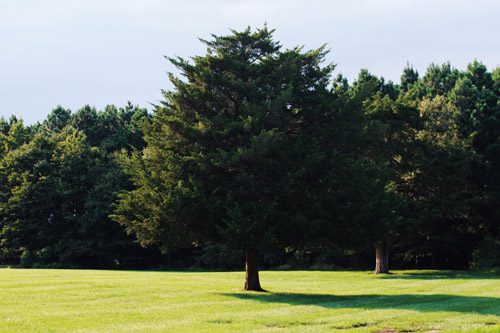In 2019, ICLEI conducted a study where 60 percent of U.S. community respondents did not include forests or trees in their greenhouse gas inventories due to a lack of guidance on how to do so. To solve this problem, ICLEI developed the Forest and Land Use Appendix to ICLEI’s U.S. Community Protocol for Accounting and Reporting Greenhouse Gas Emissions in partnership with the Woodwell Climate Research Center and World Resource Institute (WRI), and funded by Climate and Land Use Alliance (CLUA) and Doris Duke Charitable Foundation.
Project Partners
Climate and Land Use Alliance
World Resource Institute
Woods Hole Research Center




